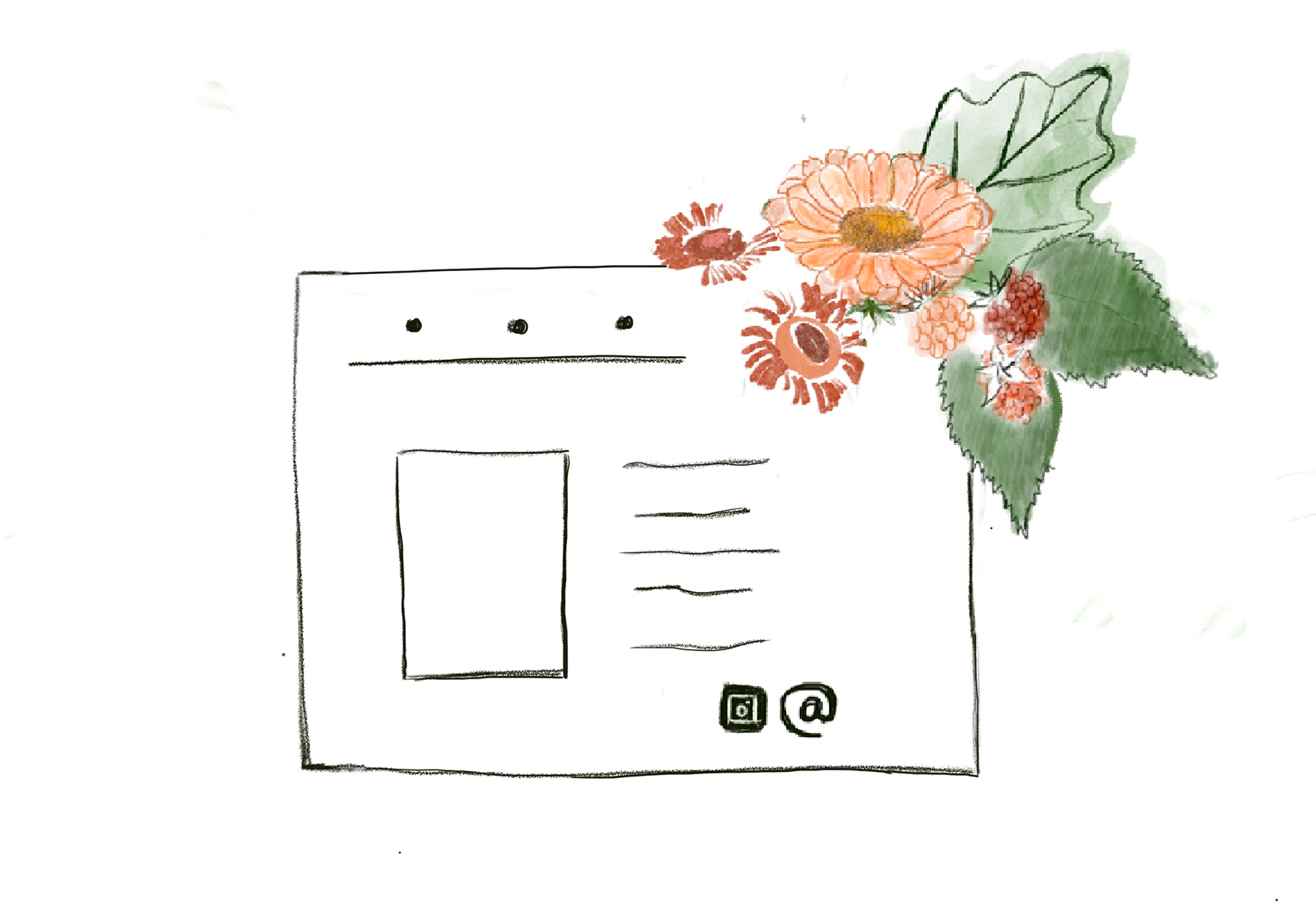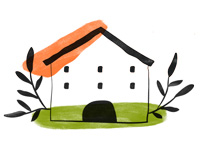
25 Jan How can you get a more sustainable webpage?
Sustainable actions happening in Nafarrola
In the Nafarrola eco-farm, we want to explore new ways of tackling the environmental challenges we face nowadays. With this blog, we want to communicate our learning process in different areas.
As the physicist and mathematician William Thomson Kelvin said, what is not defined cannot be measured, and what cannot be measured cannot be improved. This is why we will show you some tools to measure the environmental impact of different activities.
First challenge: how to create a sustainable website
Our first challenge has been to set up a sustainable website. To show you the importance of this issue, here you have some data. If the Internet were a country, it would be the sixth in the world in electricity consumption. This electricity is used to store the data in the data centers and transmit the server’s information to the users’ computer.
The most significant environmental impact from a webpage is coming from energy consumption. You might wonder where this consumption of energy is coming from?
Energy is required to store the website’s data in the data center and then transmit it from the server to your computer.
It is necessary to measure the impact of this energy consumption. As we established before, we need some kind of measurement to improve or decrease the impact. The most significant environmental impact generated by energy consumption is CO2 emission or other equivalent gases that create climate change. This impact is typically measured in C footprint, with CO2 equivalent as a unit.
To summarise, we will measure our web page’s sustainability or impact using the parameter Carbon footprint of CO2 emission equivalent.
1) How can we reduce our website’s C footprint?
We mentioned that the energy is used for the servers storing the information.
A server can consume a lot of energy. For example, Web Neutral Project founder Jack Benz estimated that the energy consumption of a web server can produce 2000kg of CO2 per year.
One way to reduce the Carbon footprint of the webpage is to choose a server that uses renewable energy. Apart from that, the company we choose should not only use renewable energy but also make efficient use of energy in their facilities.
Examples of companies cultivating the use of renewable energy and energetic efficiency:
Ionos: European company. The nearest Data Center in Germany and uses 100% renewable energy.
Greenhost: Dutch company. Datacenter in the same country and uses 100% Dutch eolic energy.
Greenweek: American company. The nearest Datacenter is in Holland. 300% renewable energy.
Kualo: Sustainable English company. It contains the Data Center and 100% green-powered.
OVH cloud: sustainable host in France, Open source, reduced consumption of energy efficiency in data centers. They are working to use renewable energy as a source in the near future.
2) Can we create a more sustainable website to reduce our ecological footprint?
Apart from the green hosting, we can also improve the webpage energy consumption looking into the design and efficient use of data in it. As well as other considerations:
In short, a minimalist website consumes less energy and is easier to use. In addition to a website that works in an efficient way, which is fast, will be more tolerable and more accessible for the user to use.
Some more advice:
- Reduce the amount of information on your website. The fewer documents are stored, the less energy the network uses to access the user’s computer from the data transmitter (from the server).
- Optimize the graphics. JPEG 2000 format for images and GIF graphics.
- Take away the wrong thing. Take off the labels, white spaces, and comments.
- Memory use and data storage are also affected. For example, assign the CSS and JavaScript from outside instead of being stuck on your page.
- Make it easier to find information. If the user finds it easy, they consume less energy.
- The fact that the website is designed for suitable use on your mobile phone.
If you want to learn more:
https://www.wholegraindigital.com/blog/website-energy-eff
3) How do you measure the carbon footprint on our website?
So far, we’ve been talking about energy consumption and C footprint. Using a website as stated has a C footprint measured in CO2 equivalent emissions. Our goal is to have a tiny Carbon footprint as possible, and to achieve this; we must be able to measure it.
Luckily, to measure our web page’s impact, they have created a couple of excellent calculators that we can use online. As easy as it seems. You set your web page in the calculator, and they will tell you about your impact. These fantastic web pages will even help you to reduce your webpage impact. To do that they will give you some good tips.






